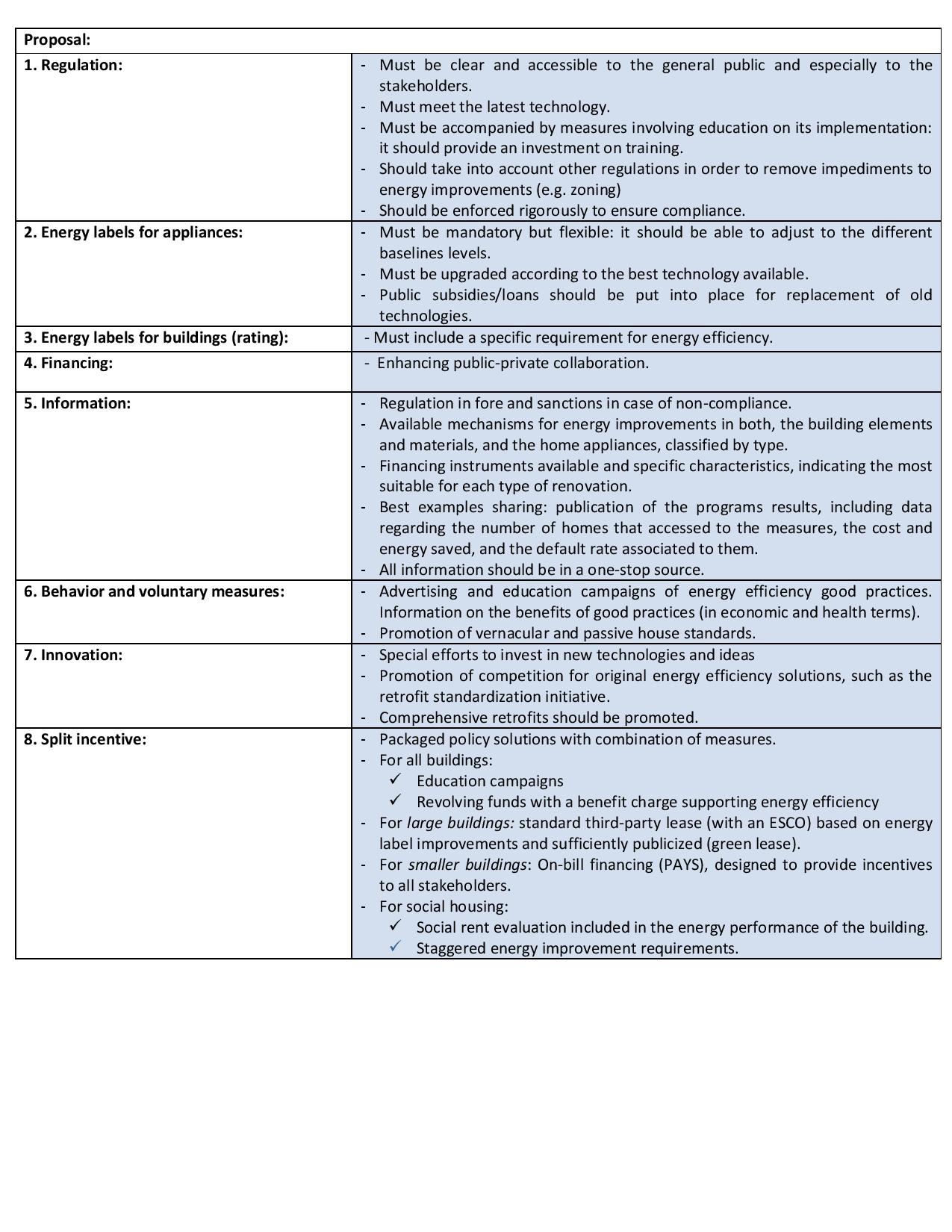By Julia Dobtsis
JD Candidate, 2012
Cornell Law School
On October 20, 2011, the California Air Resources Board (CARB) announced the adoption its long awaited Air Resources Board Emissions Trading Program. The state-administered program is the first of its kind in the nation. It is considered to be a crucial tool in facilitating the state’s initiative to reduce of greenhouse gas emissions to 1990 levels. In addition to cutting down greenhouse gas emissions, lawmakers hope that the program will spur investment in clean technology in California. Due to California’s vast geographic size, population and economy, the program may be a valuable tool for determining whether an analogous cap-and-trade program might be feasible at the national level.
The CARB emissions trading program aims to achieve its emissions reduction goals by setting an annual emissions cap. It is hoped that this will provide emitters with flexibility in reducing emissions while minimizing the costs of doing so. The emissions cap will cover sources responsible for approximately 85% of California’s greenhouse gas emissions. It will be implemented in two phases. In 2013, an emissions cap will be set for electric utilities and industrial facilities. In 2015, a cap will be set for distributors of transportation, natural gas and other fuels. The emissions cap will decline between two and three percent each year between 2013 and 2020.
Rather than having to comply with specific emissions caps, regulated emitters will be required to supply a sufficient number of allowances to cover their annual emissions. Initially, allowances will be distributed for free to cover 90% of average emissions. Emitters in need of additional allowances to cover their annual emissions will be able to buy them at quarterly auctions or on the market. In theory, those emitters able to reduce emissions will be able to sell excess allowances on the market. Electric utilities will be required to auction excess allowances, using the proceeds for the benefit of ratepayers. To provide for cost efficiency and flexibility, the program allows for the trading on the market and banking of allowances. To that effect, the CARB will also hold four percent of allowances in a strategic reserve.
In addition to buying allowances, emitters will be able to offset up to eight percent of their compliance obligations with CARB-certified environmental projects. To be certified by the CARB, the offset projects must be emissions-reduction projects in the areas of forestry, dairy digesters, and destruction of ozone-depleting substances. Though emitters are currently limited to projects within the U.S., international programs may be certified in the future as well.
Although its rigor remains to be tested, regulators attempted to construct a framework that facilitates transparency, enforcement, and collaboration between other cap-and-trade programs in the region. Emitters in capped industries are required to report their emissions annually. Emissions must also be verified on a regular basis by independent parties. Emitters that wish to participate in the emissions trading market must register with the CARB. Failure to comply with the annual emissions cap requires the emitter to provide four allowances for every ton of emissions not covered.
After three years of development, the CARB Regional Cap-and-Trade Program regulation will become effective January 1, 2012. The first allowance auctions will be held in August and November, 2012. The regulations prescribe that the greenhouse gas emissions cap compliance obligation begins January 1, 2013.


